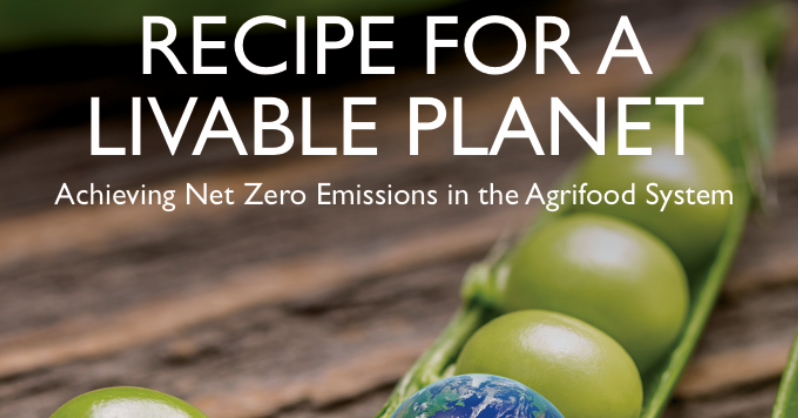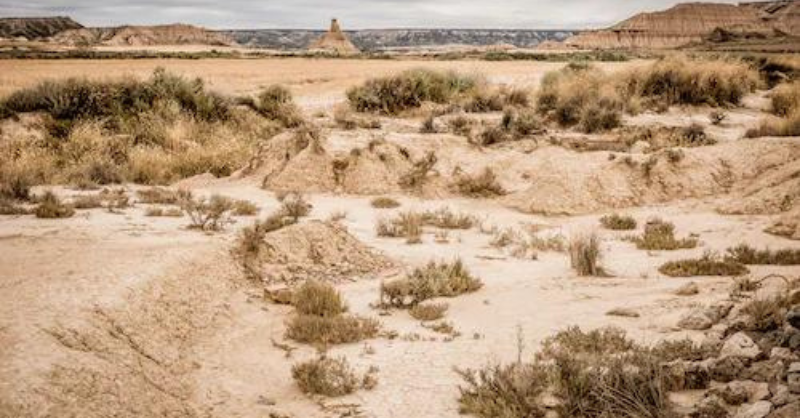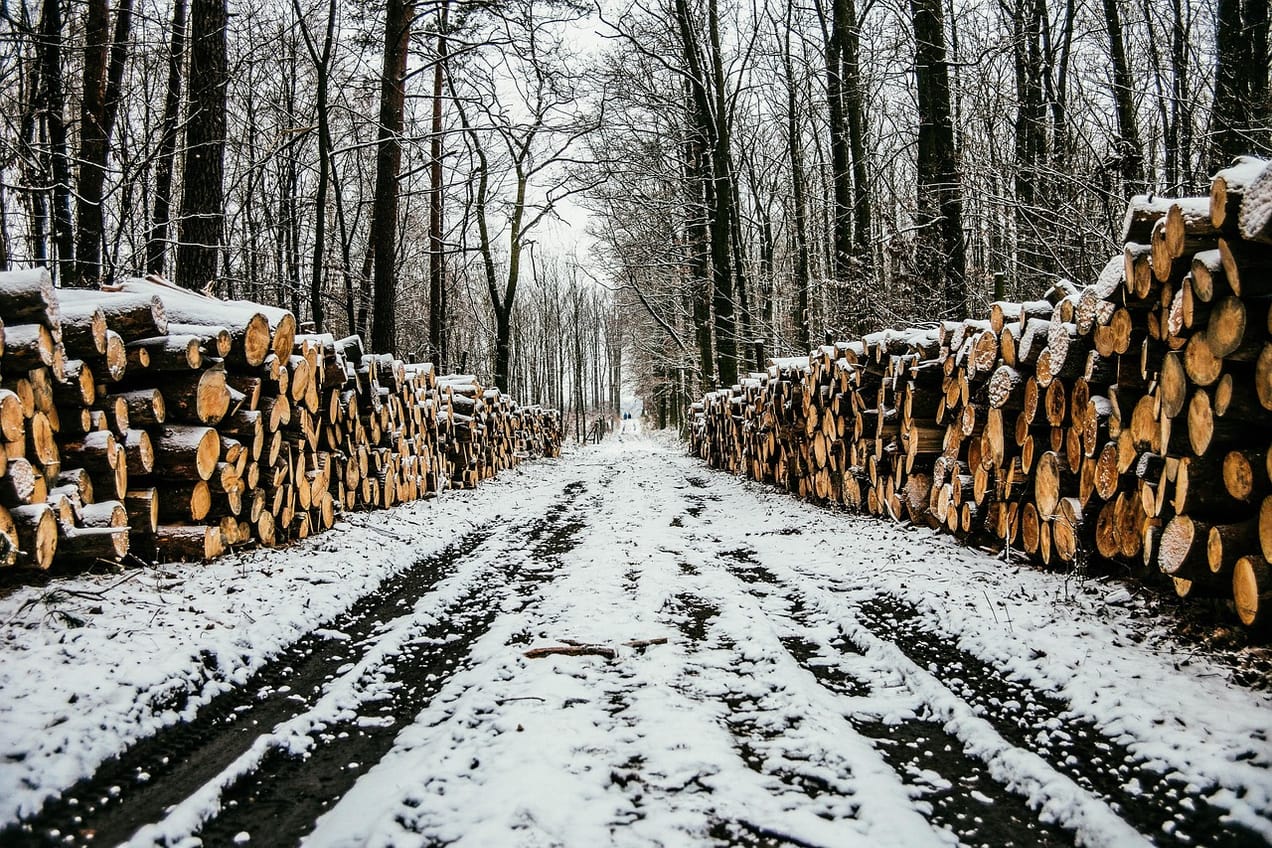
Is the need for greener agriculture even more urgent than we first thought?
Does investment in green agriculture need greater attention? It seems pretty obvious to most people that we should be focusing our investments and actions on the biggest climate related challenges.
Does investment in green agriculture need greater attention? It seems pretty obvious to most people that we should be focusing our investments and actions on the biggest climate related challenges. If we are talking about GHG emissions, this would be electricity & heat, transport, and then manufacturing and construction. Or is it?
One of the most commonly quoted sources (and a good one in our opinion) is Our World in Data. And as of 2020 they had electricity & heat at 15.2 billion tonnes of CO2 equivalents, which is c. 32% of global GHG emissions. Transport was second and agriculture was 4th, at 5.9 billion tonnes. And here it's important to read the small print .... some things, in this case land-use change emissions, are not included.
But what if the agriculture emissions number was actually nearly 16 billion tonnes? More than Electricity and Heat. This was the conclusion of a recent World Bank conference paper - titled Recipe for a Livable Planet.

Would that change your view on the relative importance of investing in green agriculture as opposed to renewable electricity and EV's?
First the caveat. The first thing you will see when you open this document is "uncorrected proof: not for citation". As they go on to say, the text of this conference edition is a work in progress for a forthcoming book, Recipe for a Livable Planet: Achieving Net Zero Emissions in the Agrifood System.
But even if the 16 billion tonne number is slightly off, then it should alter how we think about where we need to focus investment.
How could there be such a big difference between what we thought, as illustrated by Our World in Data, and the conclusions of this report? The short answer is 'what is included'.
The World Bank report analysis is 'end to end', everything that is involved in producing the food that we eat. This goes from land use changes (that 'missing' bit in the Our World in Data chart), through the actual processes of farming (up to the farm gate), plus everything involved pre and post production (for instance food processing, transport and retailing).

I am still reading through the report but a few things leap out at me, which together at least partly explain why a lot more finance is invested in greening electricity generation and EV's than in agriculture. I will be coming back to some of the issues raised in future blogs.
So, what did I discover so far from the report?
First, we need to accelerate our efforts to get finance into greening our agriculture systems. A lot of work is being done in this area, and while our industry can do more, as Plant Tracker said in a recent guest blog on this topic "it will ultimately be political will that counts".
And we should never forget that political will follows social pressure. While our individual actions as consumers might have a small impact, our collective action as voters makes change happen.

The second point is the obvious one. There are a vast number of challenges to fix, and no one solution will solve all of them. And anyone who promises that 'their' solution will, is probably lying to you.
But, there are some potential big wins. For instance, land use change, specifically net forest conversions (deforestation to you & I) is massive at over 18% of total agriculture emissions. We have written on this before, including recently on the excellent World Resources Institute report that highlighted how little data we have on this challenge, and how 'meaningless' many of the deforestation pledges really are.

And thirdly, agriculture is not just about GHG emissions. Working on our soils, including making them more resilient, and biodiversity, are important topics. We need to make sure that in investing in solutions, we do not become over focused on GHG emissions.
And one last, but very important point. Agriculture is about people. Many farmers around the world are on low incomes, with limited ability to manage risk or to invest capital. Investors can help, but it means working together with food manufacturers, food retailers, NGO's, impact investors and farmers.
Link to blog 👇🏾
What can investors do to improve our soil

Citation for the World Bank report : Sutton, William R., Alexander Lotsch, and Ashesh Prasann. 2024. Recipe for a Livable Planet: Achieving Net Zero Emissions in the Agrifood System. Agriculture and Food Series. Conference Edition. World Bank, Washington, DC. License: Creative Commons Attribution CC BY 3.0 IGO
This article featured in What Caught Our Eye, a weekly email featuring stories we found particularly interesting during the week and why. We also give our lateral thought on each one. What Caught our Eye is available to read in full by members.
If you are not a member yet, you can read What Caught Our Eye when it comes out direct in your email inbox plus all of our blogs in full...

Click this link to register 👉🏾 https://www.thesustainableinvestor.org.uk/register/

Please read: important legal stuff.


